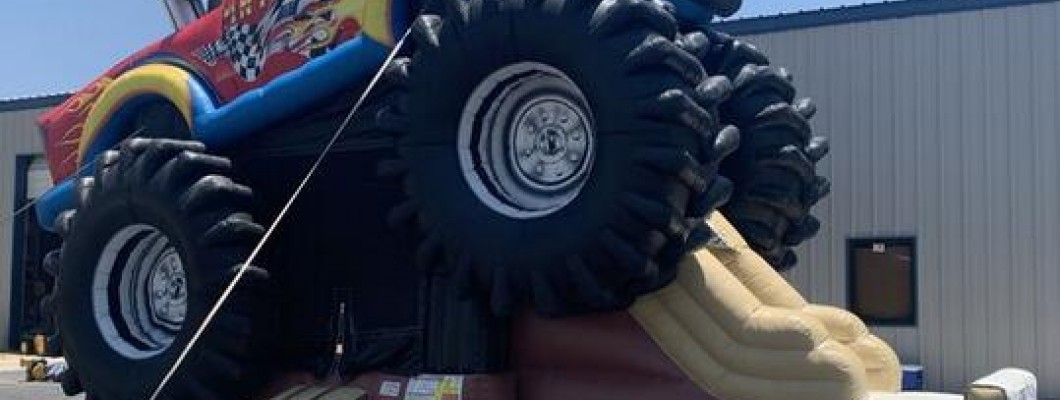
Ensuring that bouncy castles are securely anchored is crucial to prevent accidents and ensure the safety of users. Proper anchoring helps to stabilize the inflatable structure and prevent it from tipping over or becoming dislodged during use. Here's what you need to know about anchoring requirements for bouncy castles:
Surface Type
The type of surface on which the bouncy castle is installed influences the anchoring requirements. For outdoor use, such as on grass or soil, heavy-duty stakes or ground anchors are typically used to secure the inflatable to the ground. These stakes should be driven into the ground securely to provide stable anchorage.
For indoor use on hard surfaces like concrete or asphalt, sandbags or weighted bases may be used to anchor the bouncy castle. These weights should be positioned around the perimeter of the inflatable to prevent it from moving or sliding during use.
Number of Anchor Points
Bouncy castles are equipped with multiple anchor points located around the perimeter of the inflatable. The number of anchor points required depends on the size and design of the bouncy castle. Larger or more complex inflatables may have additional anchor points to ensure adequate stability.
It's essential to use all available anchor points and distribute the anchorage evenly to prevent uneven stress on the inflatable and minimize the risk of tipping or overturning.
Anchoring Method
The method of anchoring the bouncy castle depends on the surface type and specific requirements of the inflatable. For outdoor use, stakes or ground anchors are driven into the ground through the anchor points provided on the inflatable. These anchors should be installed at an angle to maximize stability.
For indoor use, sandbags or weighted bases are placed on top of the anchor points to secure the bouncy castle in place. The sandbags should be securely fastened to prevent them from shifting or being dislodged during use.
Manufacturer's Guidelines
It's essential to follow the manufacturer's guidelines and recommendations regarding anchoring requirements for the specific bouncy castle being used. The manufacturer will provide instructions on the type of anchoring equipment to use, the number of anchor points required, and the proper installation method.
Failure to follow the manufacturer's guidelines for anchoring could compromise the safety of the bouncy castle and increase the risk of accidents or injuries.
Regular Inspection
Regular inspection of the anchoring system is essential to ensure its integrity and effectiveness. Inspect the anchor points, stakes, ground anchors, sandbags, or weighted bases before each use to ensure they are secure and in good condition. Replace any damaged or worn anchoring equipment immediately to maintain the safety of the bouncy castle.
By adhering to specific anchoring requirements and following the manufacturer's guidelines, bouncy castle operators can ensure the stability and safety of the inflatable for users.

Leave a Comment